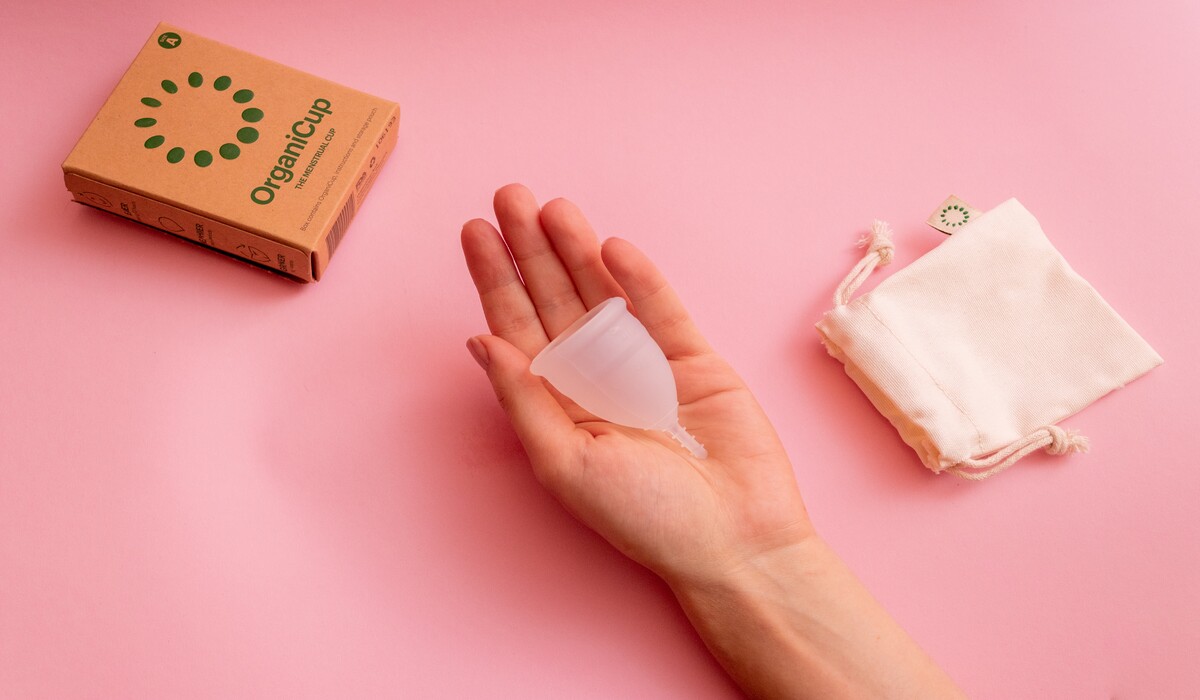Table of Contents
The uterine muscles contracting during menstruation is what causes menstrual cramps. These contractions assist in the shedding of the uterine lining, but they can also be painful and uncomfortable. Numerous menstrual cramp creams have been created to address this problem. However, it is essential to understand the Science behind Menstrual Cramps Cream. These creams target the exact site of the pain to deliver localized relief.
Many women experience menstrual pains during their monthly periods. They are, however, sometimes known as dysmenorrhea. A woman’s daily activities and general well-being may be impacted by these cramps. Their intensity can range from slight discomfort to excruciating anguish. To lessen the symptoms of period cramps, many people use creams. In this post, you’ll examine the science behind menstrual cramp creams and their efficacy, formulation, and usage.
The Science behind Menstruation
Understanding the physiology of menstruation is crucial before exploring the science behind menstrual creams. The uterus thickens its lining each month in preparation for the potential of pregnancy. In the absence of pregnancy, the uterus sheds this lining, which causes monthly bleeding.
Common Menstrual Symptoms
During menstruation, many women endure discomfort and anguish. Various women feel various symptoms might range from moderate to severe. Women experience mood swings, dizziness, bloating, breast pain, lower back pain, and cramps during these days. Menstrual creams alleviate these symptoms by focusing on the pain’s source and lowering inflammation.
How Menstrual Creams Work?
Menstrual creams work through a combination of mechanisms. For starters, they contain analgesic chemicals like menthol or camphor, which produce a cooling feeling and assist to numb the area. It will provide relief from menstrual pain. In addition, menstrual creams contain various natural and anti-inflammatory ingredients like ginger, turmeric, or essential oils. They can help reduce inflammation in the reproductive organs. By reducing inflammation, these creams can help ease the pain and swelling associated with menstruation.
Key Ingredients in Menstrual Creams
Menstrual creams contain natural substances that act together to provide relief from menstruation. These creams may have varied ingredients and, depending on the brand, may contain ingredients such as:
Menthol
Known for its cooling and numbing properties, menthol helps to soothe pain and discomfort.
Camphor
Camphor has analgesic properties and is often used in topical pain relief products.
Ginger
Due to its anti-inflammatory qualities, ginger can ease menstruation cramps.
Turmeric
Turmeric includes cur cumin, a substance with anti-inflammatory properties.
Essential Oils
Certain essential oils, such as lavender or clary sage, may provide relaxation and pain relief.
Scientific Evidence and Effectiveness
Anecdotal data and personal reports suggest that menstruation creams may be able to reduce pain. To fully comprehend their efficacy, a more empirical study is therefore necessary. Researches show that some ingredients used in these creams have properties that provide relief from and, but that is not enough. To find their effectiveness, more research is required.
Safety Considerations
Safety must always come first when using period creams to relieve menstruation pain and discomfort.
Read and Follow the Instructions
Carefully read the instructions provided by the manufacturer before using the menstrual cream. Adhere to the recommended usage guidelines to ensure proper application and effectiveness.
Conduct a Patch Test
Patch testing is essential before using the menstruation cream on a broader region. To find any side effects or allergies, apply some cream to a small skin area. If you notice redness, itching, or irritation, don’t use the cream. Additionally, look for medical help.
Check for Allergens
Look over the menstruation cream’s ingredient list for any possible allergens. Never use creams that contain certain compounds that cause allergic reactions in your body. This safety precaution secures you from allergic reactions.
Discontinue Use if Adverse Reactions Occur
Stop using the cream instantly. Then get medical help if you have any unfavorable symptoms. It will include severe skin rash, hives, or swelling. Setting your health as a top priority is crucial, and you should receive the finest advice from a medical professional.
Consult a Healthcare Professional
It is best to speak with a healthcare provider before using menstruation creams if you have any underlying medical concerns, are pregnant, breastfeeding, or are taking drugs. Moreover, They can offer you tailored guidance depending on your unique health circumstances.
Menstrual Cream Alternatives
While many women find menstruation creams helpful, they are not the only treatment for menstrual pain. Traditional painkillers, thermal therapies, relaxation techniques, and regular exercise are common alternatives to menstrual creams. However, you have to find a product that doesn’t cause any side effects to you. If you have any concerns or underlying medical issues, consult your doctor.
Tips for Using Menstrual Creams:
Here are some tips to consider when using menstrual creams:
- Follow the Instructions
- Apply as Directed
- Conduct a Patch Test
- Use as needed
- Consult a healthcare professional
Conclusion
Menstrual creams provide a natural and non-invasive method of treating menstruation pain and discomfort. This article provides you with a complete Understanding of the Science behind Menstrual Cramps Creams. Although some women may find relief from them, more thorough research is required to prove their efficacy definitively. Lastly, To find the best strategy for controlling your menstruation symptoms, it’s critical to consider various possibilities and speak with a healthcare practitioner.
Photo by Oana Cristina on Unsplash


